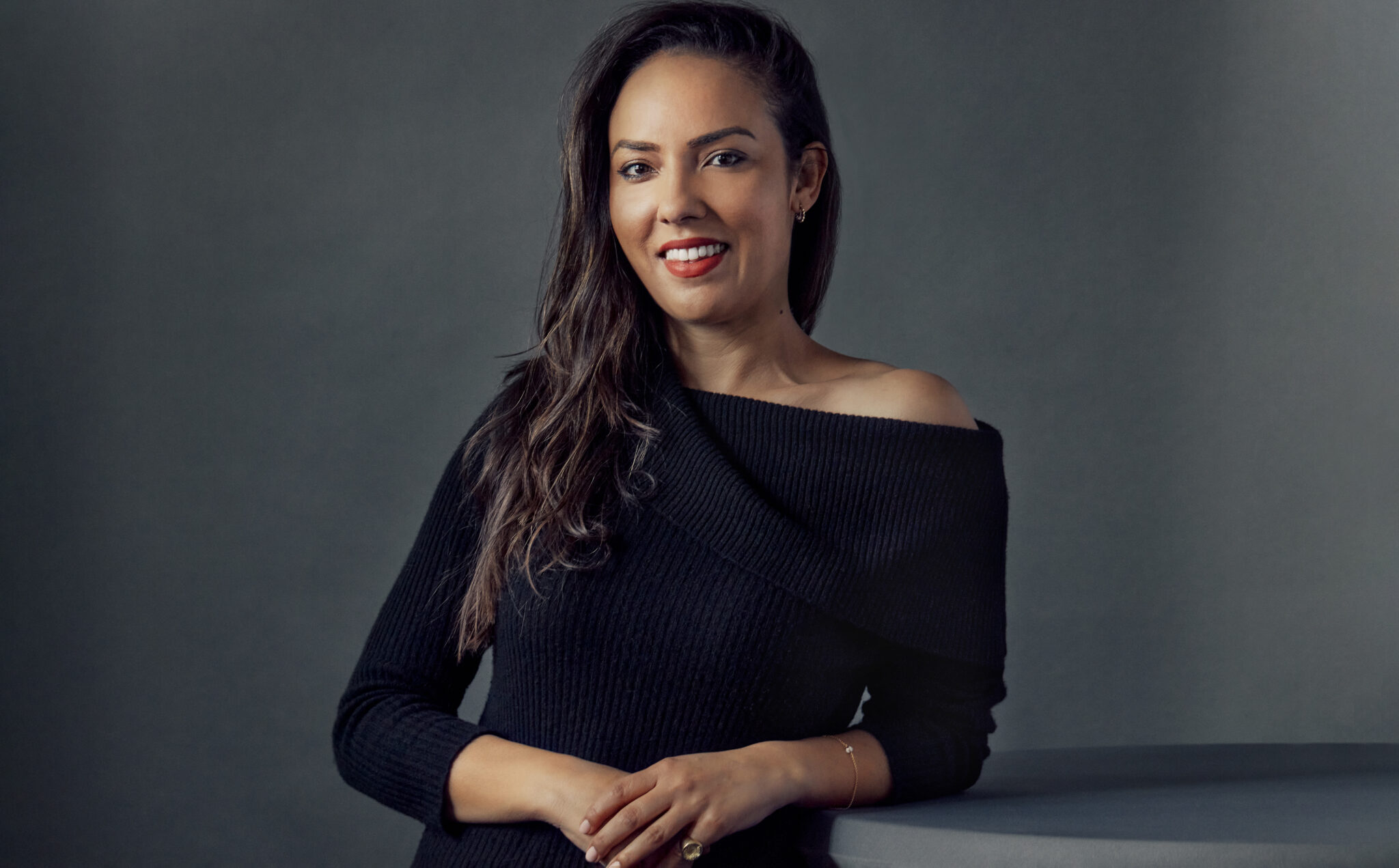“I’m somebody who deeply believes in a cosmopolitan global world. Of being informed in this global world. That’s something I learned growing up. It’s something that I learned in my Libyan family household. It’s something I learned in my American family household. It’s something I learned on my travels, and it’s something I learned very much at school.”
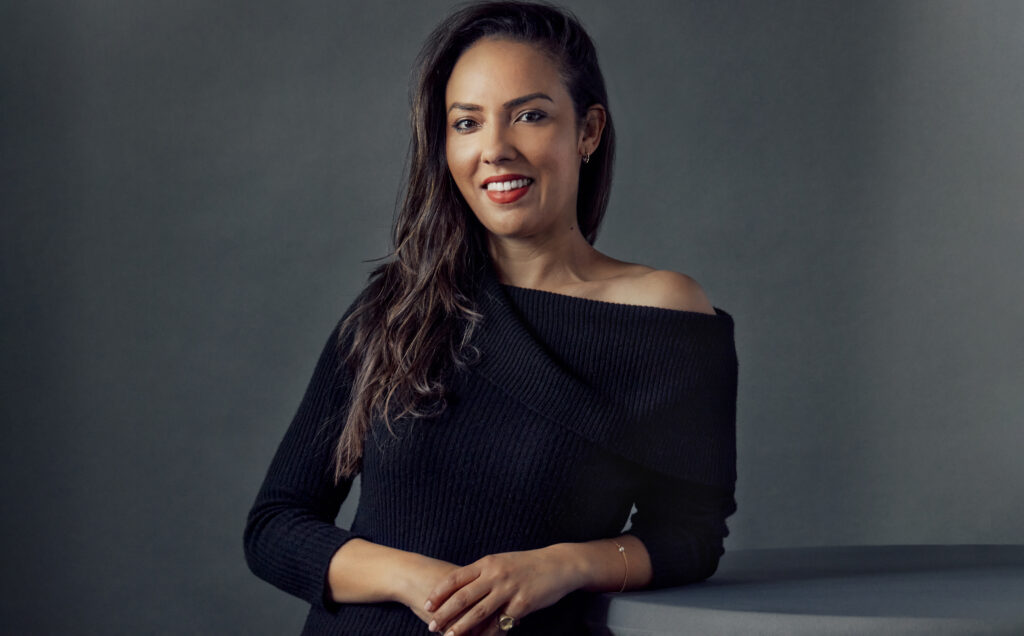
So says Princess Alia Al-Senussi, member of the Libyan Royal Family, art connoisseur, academic, and cultural advocate. Raised in a truly international environment, her life is one of a constant movement between cultures, continents, and ideas.
The Beginnings of a Global Life
Her story is unique. It is fascinating. And it see-saws between deeply different cultures.
“My mother is from a small town in Minnesota. When she studied at Macalester College, she discovered the Middle East and Middle Eastern culture. She decided that she wanted to do her master’s degree at the American University of Cairo, so she moved to Cairo in her early 20s. That’s where she met my father, a member of the Al-Senussi Royal Family.
“I was born in Washington, D.C. At that point, my mother and my father had separated. My mother and I moved back to Cairo, where I lived with my father’s family. One could describe it as the court in exile.”
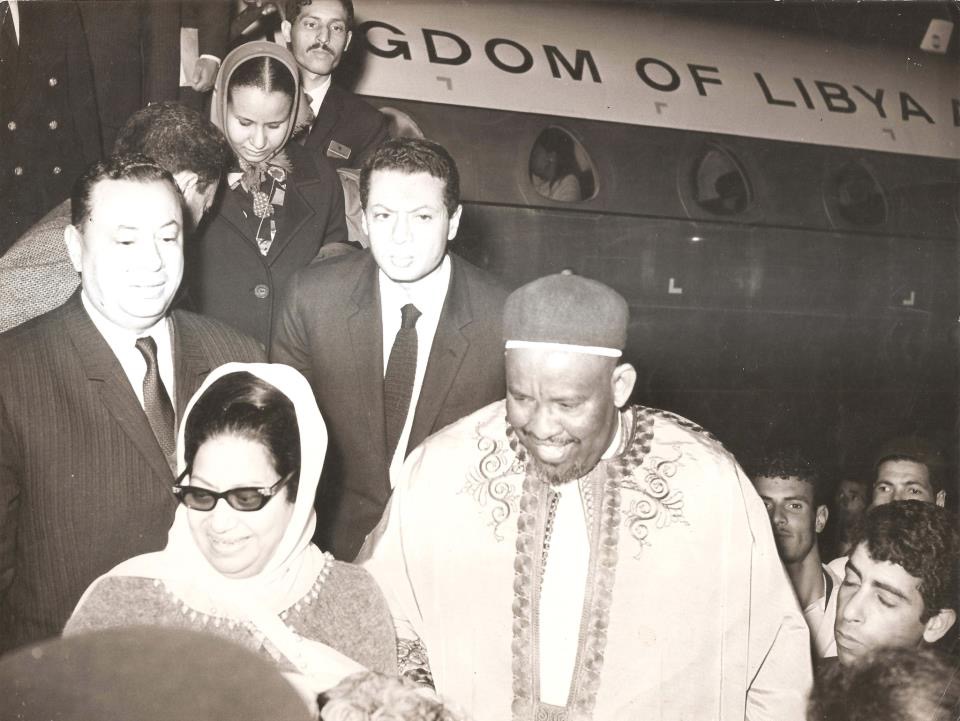
Alia Al-Senussi is a princess. The exiled court in which she speaks is that of the Al-Senussi Royal Family. This prominent Libyan dynasty traces its origins to the Senussiya movement. A powerful force across North and West Africa, particularly in Libya, the Senussiya’s played a pivotal role in the liberation of Libya from Italian colonialism. Over time, the Senussi family grew increasingly influential in Libya’s political life.
In 1951, after the country gained independence, the most prominent member of the family became the first King of Libya, King Idris I. As King, he ruled Libya as a constitutional monarchy, deeply rooted in the Senussi religious order. His reign saw efforts to modernize the country while preserving its traditional values. But in 1969, he was overthrown in a military coup led by Muammar Gaddaffi whose forces captured the King and exiled him. This marked the end of the monarchy and the Senussi family’s rule in Libya and the reign of Muammar Gaddaffi.
“Living with my Libyan family was just a wonderful immersion into Libyan and Egyptian culture, and the Arab world.”
At the age of six, Al-Senussi and her mother moved to California, with a brief interlude in Sioux Falls, South Dakota. This is where Al-Senussi’s maternal grandparents lived at the time (before moving to Minneapolis where she continued to visit throughout her later years), and that stay has proven to be an equally important period in her life.
“I was taken with the difference, the crazy juxtaposition, that somehow seemed so normal! My maternal grandparents were a huge part of my formative years. They really helped to shape me in terms of my values, in terms of my work ethic, and in terms of my world viewpoint.”
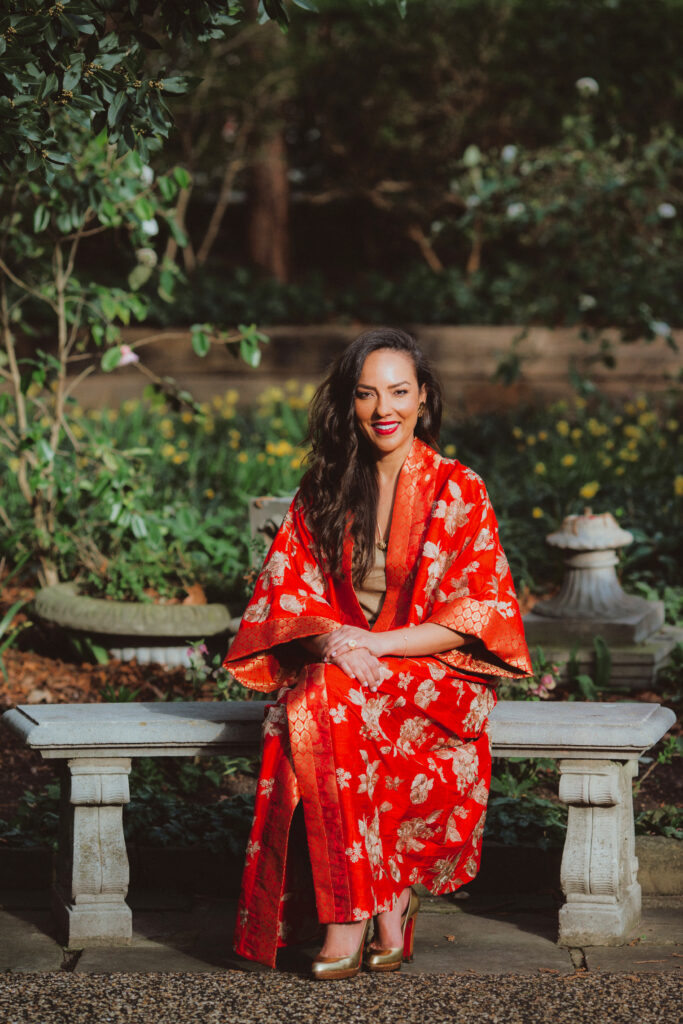
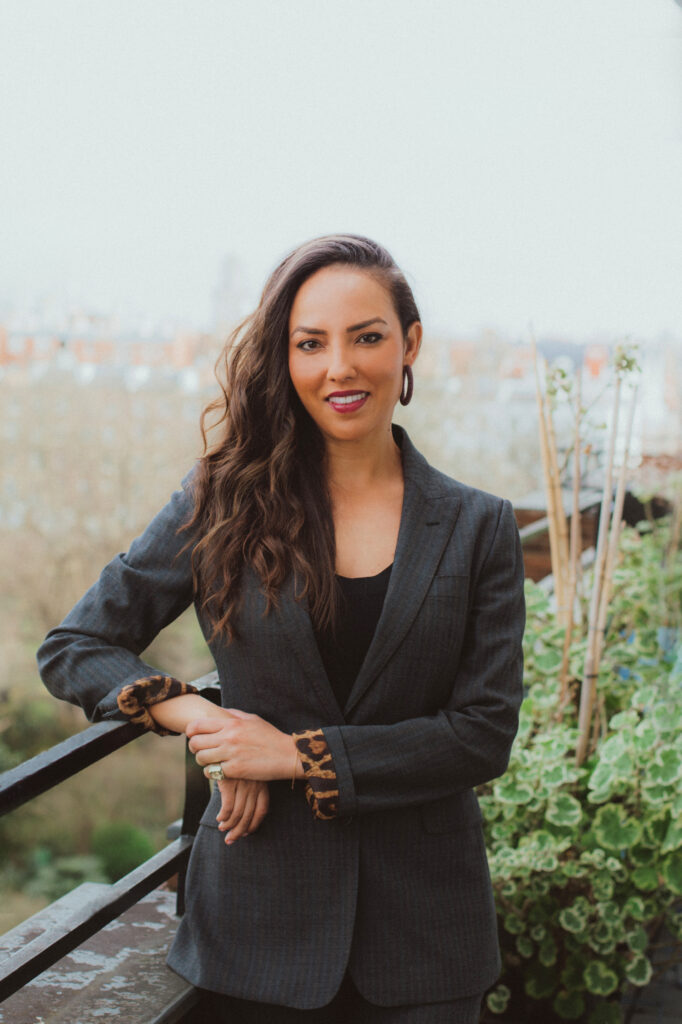
An Academic at Heart
“I’ve always been a very studious, and dare I say, academic person. Academics was always something that I was really interested in, being very conscientious with schoolwork in particular. I played volleyball and basketball, but I’ve always had my nose in a book. Always, no matter where I went, I was always reading. I was especially obsessed with King Arthur and mythology. I read all the King Arthur tales. And I read all about Greek and Roman mythology. I was a huge reader of it all. My social life developed towards the end of high school, and I learned how to balance it.”
Her love of reading and academics spawned an excellence that saw Al-Senussi graduate at the top of her class in high school before earning a magna cum laude distinction from Brown University, where she completed a double major in just three years.
The Princess’ career was then shaped by an unexpected pivot – after a brief summer internship at Goldman Sachs, she found herself disillusioned with the traditional corporate route that many Ivy League graduates follow. She chose another way.
“After being a top student at an Ivy League University, you are generally expected to go into investment banking or something like that. Growing up, I always had unusual experiences. My parents weren’t very prescriptive. They never were like ‘you have to go and do this or that’. A friend of mine from Brown, whose mom is an art collector, said to me, ‘You know you’re Arab, why don’t you talk to this gallerist who’s doing a project in Egypt. It could be really interesting for you.’ At first, I was unsure, but I gave it a chance. I think that this is kind of indicative of my personality. I’m always willing to have a conversation. I keep it as my motto now, when anyone reaches out to me. Any young person or woman especially. So, I went to the interview.”
That interview would lead to Al-Senussi firmly finding her life’s calling.
The Siwa Project – Egypt
In 2008, the Siwa Project was launched in the isolated Siwa Oasis in Western Egypt. This area, located near the Libyan border, is home to a distinct Berber culture, and has a unique cultural heritage. Its isolation has preserved its traditional way of life for centuries.
The hallmark of the project is the focus on bringing contemporary artistic practices to the region while also learning from and preserving local cultural traditions. This is accomplished through a strong collaboration between local residents, particularly schoolchildren, and international artists.
“I hadn’t been back to Egypt in quite some time, and it was just magical. It was also incredible to think that I was going back to this country that was so much part of who I was. And I really had no context of the art world at that time. One of my best friends at Brown was studying art history, so I kind of had an osmosis kind of understanding of art history and the art world from her. But then I got on this airplane, and went back to Egypt, and found myself in Siwa for three weeks, at the border of Libya where I had as yet never been, doing this incredible project with these local school children. With this very conservative community who were so welcoming to me and who knew all about my family history. Many of them were followers of the Senussi. And that was when I drank the Kool Aid. I saw and felt how art and artists can make our world a better place and create a common understanding of humanity.”
A Day in the Life of an Art and Cultural Advisor
“My calendar is Tetris.”
A perfect description for this woman who is monumentally busy. She mentions that there really isn’t a normal day for her. Rather there are ebbs and flows in the sum of days. She is very cognizant of protecting both her physical and mental health – for example, she doesn’t use social media – and does maintain a morning routine that is important to her. She recognizes the importance of mental well-being and work-life balance. Her mindful planning helps her navigate the demands of their busy career and personal commitments.
“In London, I have these brief moments of mania, I guess one would say. Since COVID, I have embraced a start to my morning that’s about centering myself. It’s about beginning my day in a way where I feel really comfortable. Then I’ll probably do my Pilates or a spin class. But, yeah, I don’t like rushing out. I like to think about my day and what I’m doing. Setting my intentions and planning out my day, as much as possible. In terms of locations too. I absolutely love my walks in-between meetings.”
But once she emerges from her morning cocoon, Al-Senussi is on the go, nonstop.
“I tend to need to stack meetings throughout the day. I pop into galleries. Usually in the evenings – I’d say about four nights a week – I will go to an opening at one of the major institutions.
“I always make time for the vast amount of people who want support. Who also want to feel a sense of community. I think that is a lot of what I’ve been trying to do in these last couple of years.”
The art world is akin to a kaleidoscope. It shifts and twists and never stands still. There are so many tiles that need to fit together to provide the viewer with its full image. Classical artists, contemporary artists, institutions, galleries, collectors, sellers, voyeurs, critics, and connoisseurs. Trends and markets movements. Al-Senussi must stay on top of these twists to do her job well. When asked her perspective on the current global art scene, her answer is thoughtful.
“I think the global art scene is having a deep moment of inflection. The art market is definitely in a tough place, and a lot of people are questioning values, and not just monetary value, but the values of who we are and what artists express. I would say it’s a moment now, more than ever, to turn to and support artists; but there is this chasm between perhaps what the market wants and what artists want to, and I think that that’s something that we’ll see in the art world and in all sorts of different worlds in our ecosystem.”
Art and Culture: A Vehicle for Empathy
and Change
Throughout the millennia, artists have thrived in bringing their interpretations of their world and their times to life. But science is proving that there is so much more to art than artistic interpretations. The neurological communities are recognizing the importance of the arts across the spectrum.
“The science is showing us that art is so important. Children who are exposed to art and culture do better in school. And not just in their art class. They do better in math too. There are many different ways at looking at a math problem, just as there are many different ways of looking at the world. Art fosters creative thinking. It just expands us as humans and expands our advancement.
“There are now also more and more studies that show that art helps with mental well-being. It absolutely is a key part of mental health. It is a huge part of helping people live through despair, giving people joy, but also it is a very big part of enhancing empathy. Empathy, for me, is one of the qualities that we don’t hear much about. It’s something that I’ve been very conscious about, very conscientious about, in trying to do as much as I can to illustrate empathy, to understand my own empathy, and that of others.”
Throughout Al-Senussi’s career, she has consistently sought to bring people together. Whether it’s helping connect artists with patrons or facilitating cultural dialogue through exhibitions and events, she’s worked tirelessly to create spaces for empathy, understanding, and shared purpose.
Returning to Libya
“I would like to say that, at this point, my Libyan heritage — it’s almost innate. I’m connected to what’s happening in the country through various artists and family members. But it’s also incredibly important for me, especially in the kind of horrors that we’ve witnessed with the ongoing genocide in Palestine, to feel a real connection to being an Arab in general. To appreciating Arab culture as a whole.”
Muammar Gaddaffi was overthrown on October 20, 2011, when he was captured and killed by rebel forces in his hometown of Sirte. His death allowed for Princess Alia Al-Senussi to return to the land of her father.
“It was an incredibly emotional experience. I think one that you would expect. I knew that going in, but I was also young, and I just thought, oh, you know, here I am going back. But then once I was there it was overwhelmingly emotional, and it was also joyous. It was really, it felt like here’s a new beginning. And I would say that that lasted for a couple of years. Unfortunately, that has not been a sustained feeling. Libya has been victim to a variety of people, within and without the country, who don’t have the Libyan people’s best interests at heart.”
With all of her accomplishments, Princess Alia Al-Senussi has remained grounded in the core values that shaped her early years. For someone whose life has been defined by a blend of cultures, identities, and passions, it’s clear that her work is far from finished. She remains deeply committed to the power of art to heal, unite, and inspire – a vision she continues to bring to life every day.
“I really believe that a rising tide lifts all boats. That’s one of my life sayings. There is an old African proverb, repeated many times by the late celebrated curator Koyo Kouoh that says: ‘If you go want to go fast, go alone. If you want to go further, go together.’ I think it is just so important. It’s at the heart of what I hope for the future of us all, together.”

